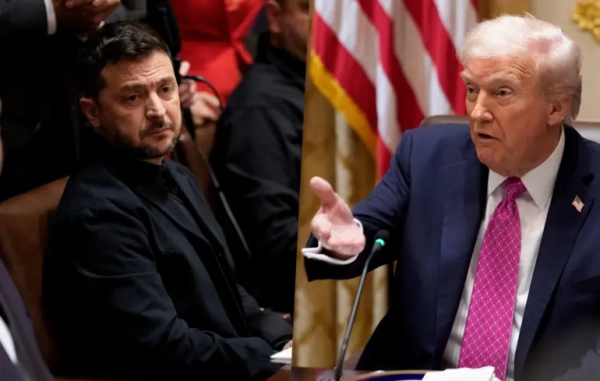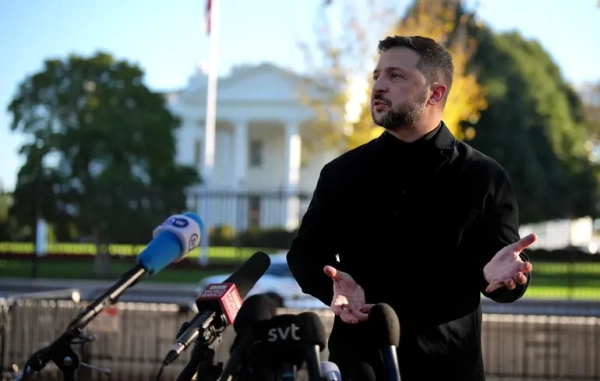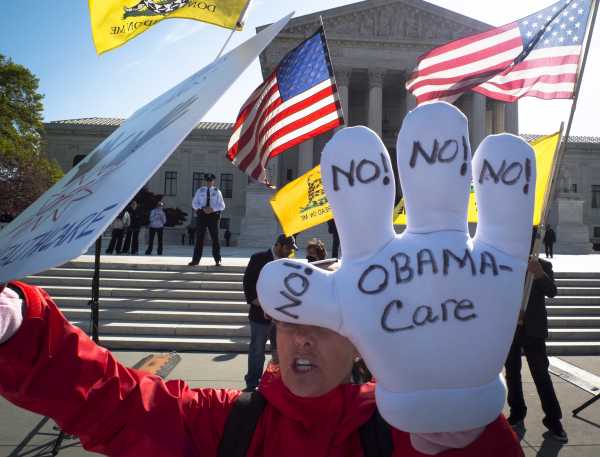
After years of decline, new data suggests that America’s uninsured rate is back on the rise.
The nonprofit Commonwealth Fund released new data Monday showing that the uninsured rate rose in the first few months of this year, rising from 12.7 percent at the end of 2016 to 15.5 percent in the first three months of 2018.
vox-mark
VoxCare
Subscribe
By signing up, you agree to our Privacy Policy and European users agree to the data transfer policy.
For more newsletters, check out our newsletters page.
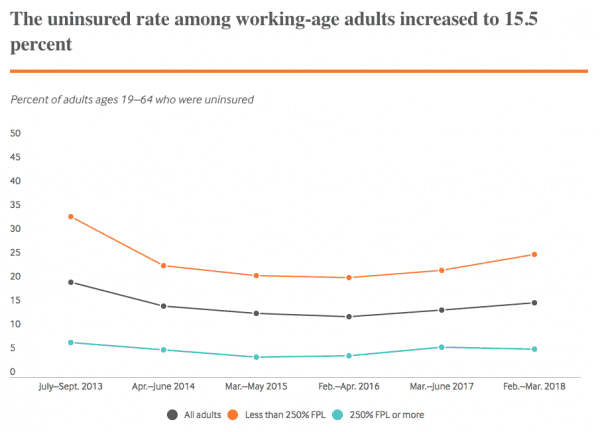
Other groups that follow the uninsured rate are seeing similar trends. Here’s Gallup’s chart of the uninsured rate over a similar time period. It also shows an uptick in uninsured rates in recent months.
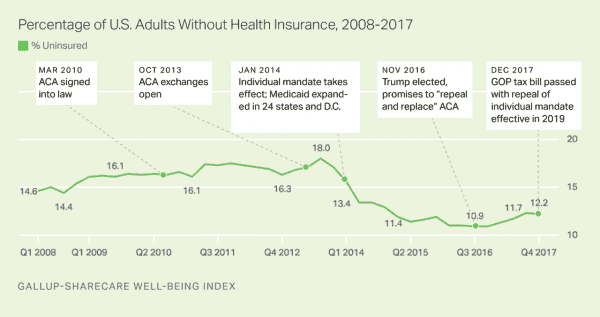
Harvard researchers have published similar data in the New England Journal of Medicine, too.
This all means that we have growing evidence that the uninsured rate has ticked upwards since President Trump came into office. But the big question is: why? What is driving more Americans to go without health coverage?
I called up Sara Collins, vice president for coverage at the Commonwealth Fund and lead author of the new report, to ask.
Collins notes that their data and others showed a sharp rise in coverage rates in 2014, when the Affordable Care Act expansion went into effect. But as early as 2015 and into 2016, there was a plateauing. In other words, some of these trends seem like they started before Trump took office.
”Starting in 2015 and 2016 there was a flattening with not much change, and that was true in our survey and other surveys too,” Collins says. “Now, there does seem to be some erosion among adults, particularly among those with low incomes.”
Collins thinks that a lot of what we’re seeing in the current uptick in the uninsured rate has to do with challenges with affordability — with people either deciding not to shop because they’ve heard Obamacare is expensive, or going shopping and finding premiums that are out of their reach.
”When we probe people on why they’re uninsured, about 40 to 50 percent say they’re unaware of the marketplaces,” Collins says. “People who knew about the marketplaces but didn’t visit them, the overriding reason they gave is that they didn’t think they’d be able to afford a plan.”
This is a challenge that started before President Trump came into office; the marketplaces weren’t attracting as much competition as drafters had expected, and shoppers appeared to face higher-than-expected premiums as a result.
This is actually something an issue that came up in my interview with President Obama about way back in early 2017, during an interview in the final days of his presidency. Here’s what he said back then:
Obamacare had affordability problems before Trump took office — but actions taken by the Trump administration near certainly made those problems worse. That helps explain why we saw a plateauing of coverage rates under Obama, and now a slight rise under Trump.
Or, as Collins puts it, “actions by the Trump administration exacerbated pre-existing weaknesses in the law.”
Some of those actions include sharply reducing funding for Obamacare’s outreach efforts (people who interact with some kind of enrollment assistance seem to have better chances of getting covered) and ending a key subsidy program that likely increased premiums for middle-income Obamacare enrollees.
But these Trump administration actions seem to be hurting the exact same people who put the president in office. One of the findings that surprised Collins was that the uninsured rate rose only for Republicans, not Democrats.
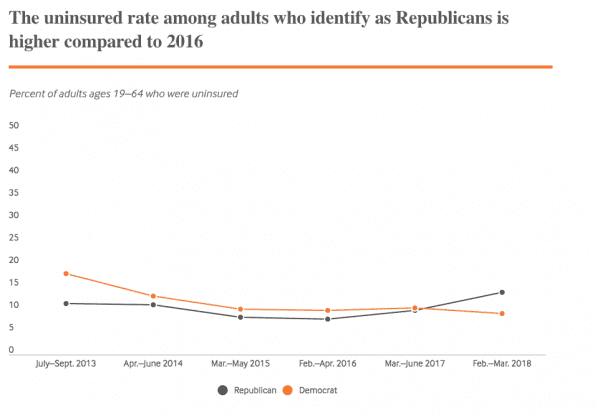
“I can’t explain the increase among people who identify as Republicans,” Collins says. “I can speculate that it might have to do with the repeal and replace efforts, or a general sense of confusion. But right now it’s confusing and perplexing, and I don’t really know the cause.”
I’m also speculating here, too, but my hunch is that this could have to do with how different states responded to the Trump administration’s work to dismantle the Affordable Care Act. Liberal states kept investing in outreach work, while Republican-led states did not. That might be one other reason you see this political divergence in uninsured rates, too.
This story appears in VoxCare, a newsletter from Vox on the latest twists and turns in America’s health care debate. Sign up to get VoxCare in your inbox along with more health care stats and news.
Join the conversation
Are you interested in more discussions around health care policy? Join our Facebook community for conversation and updates.
Sourse: vox.com
